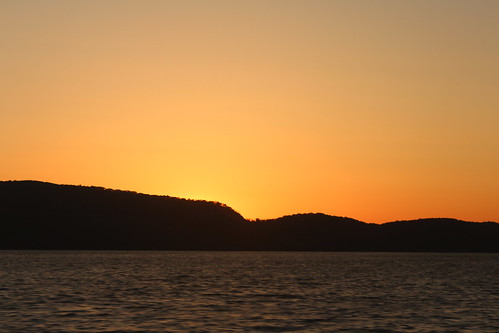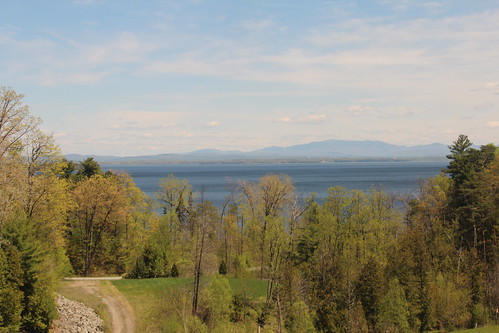After a generally successful trip on the Crescent (significant delays but it got me there well-rested and well-fed with good company and good conversation) the BF and I are planning to go to Montreal on the Adirondack in a few months and I had some questions to ask.
From what I've read in NYP the general consensus is that using a RedCap to board early is a very good idea. When's a good time to procure one? Before going through the customs line? After?
Once on the train it looks like the right side while going north is the good side, Lake Champlain near Vermont looks very pretty! Valid assumption?
Is there Red Cap service in the Montreal station?
Should we get unlucky with the consist how uncomfortable are Amfleet I cars for the 10-11 hour journey?
Thank you
From what I've read in NYP the general consensus is that using a RedCap to board early is a very good idea. When's a good time to procure one? Before going through the customs line? After?
Once on the train it looks like the right side while going north is the good side, Lake Champlain near Vermont looks very pretty! Valid assumption?
Is there Red Cap service in the Montreal station?
Should we get unlucky with the consist how uncomfortable are Amfleet I cars for the 10-11 hour journey?
Thank you




















